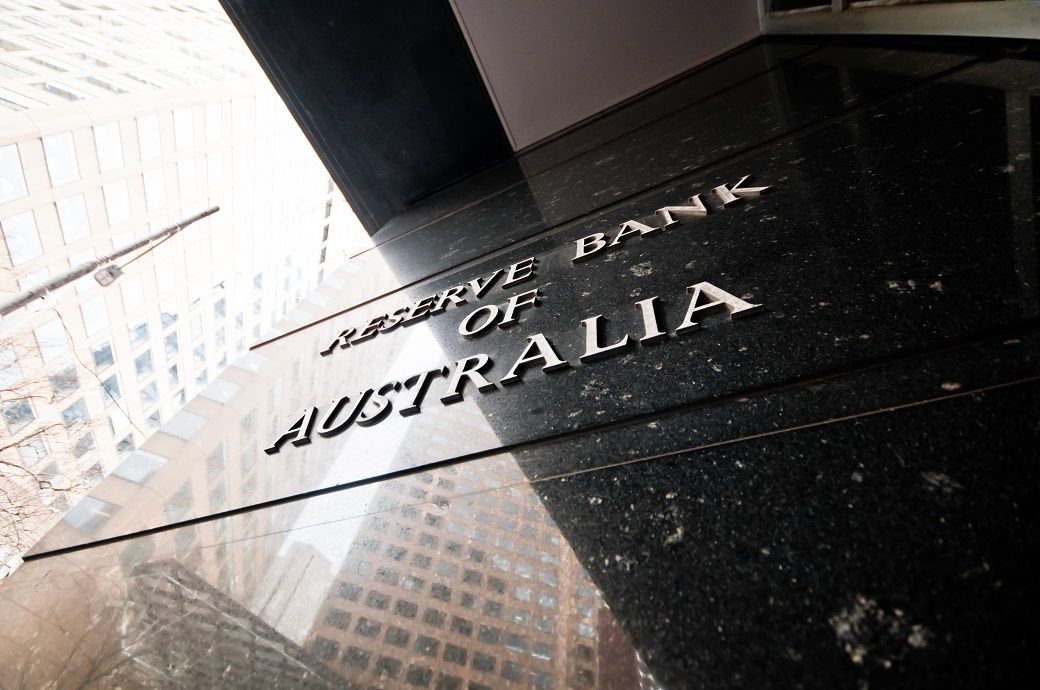
The board cited uncertainties in the economic outlook as the reason to hold rates steady, offering more time to assess the impact of previous rate hikes. Despite passing its peak, inflation remains a concern, particularly in the services and fuel sectors. The central forecast expects inflation to return to the target range of 2–3 per cent by late 2025, Michele Bullock, the governor of the Reserve Bank of Australia, said in a statement.
The Australian economy has grown stronger than expected in the first half of the year, albeit experiencing below-trend growth. The high inflation rate is affecting real incomes and household consumption, while the labour market remains tight. The unemployment rate is expected to rise to around 4.5 per cent late next year.
Significant uncertainties loom, including the surprising persistence of services price inflation overseas and uncertain lags in the monetary policy effect. Household consumption is another area of uncertainty, with varied experiences among households due to factors like rising housing prices and higher interest income. Concerns were also raised about the global economic outlook, particularly focusing on the Chinese economy and its ongoing property market stress.
The board emphasised its commitment to returning inflation to the target range and stated that further tightening of monetary policy may be required based on evolving data and risk assessments.
ALCHEMPro News Desk (KD)
Receive daily prices and market insights straight to your inbox. Subscribe to AlchemPro Weekly!